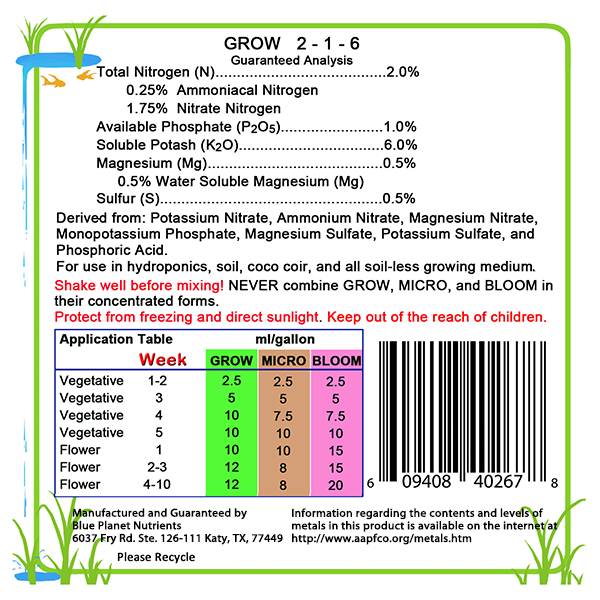
People with a history of mushroom allergies or with many food allergies may wish to consider another protein source. However, many of these products contain egg white, so people must be sure to check the label.Ī very small number of people are allergic to Fusarium venenatum, the fungus from which the mycoprotein brand known as Quorn is made. Products with mycoprotein are often advertised as meat substitutes and are available in forms such as “chicken” nuggets or cutlets. Mycoprotein products contain around 13 g of protein per ½ cup serving. It can be sprinkled on a salad or eaten as the main course. Quinoa can fill in for pasta in soups and stews. This grain is also rich in other nutrients, including magnesium, iron, fiber, and manganese. Cooked quinoa contains 8 g of protein per cup. Quinoa is a grain with a high-protein content, and is a complete protein. A person can also sprinkle it over salad or snacks to increase their protein content. It can be added to water, smoothies, or fruit juice. Spirulina is available online, as a powder or a supplement. It is also rich in nutrients, such as iron, B vitamins - although not vitamin B-12 - and manganese. Spirulina is blue or green algae that contain around 8 g of protein per 2 tablespoons.
#Blue planet nutrients feeding schedule skin#
They also provide a good amount of vitamin E, which is great for the skin and eyes. Peanut butter is also rich in protein, with 3.6 g per tablespoon, making peanut butter sandwiches a healthful complete protein snack.Īlmonds offer 16.5 g of protein per ½ cup. They contain around 20.5 g of protein per ½ cup.
#Blue planet nutrients feeding schedule full#
Peanuts are protein-rich, full of healthful fats, and may improve heart health. They can, for example, be added to stews and curries, or spiced with paprika and roasted in the oven.Ī person can add hummus, which is made from chickpea paste, to a sandwich for a healthful, protein-rich alternative to butter. They can be added to stews, curries, salads, or rice to give an extra portion of protein.Ĭooked chickpeas are high in protein, containing around 7.25 g per ½ cup.Ĭhickpeas can be eaten hot or cold, and are highly versatile with plenty of recipes available online. Lentils are a great source of protein to add to a lunch or dinner routine. Red or green lentils contain plenty of protein, fiber, and key nutrients, including iron and potassium.Ĭooked lentils contain 8.84 g of protein per ½ cup. These soy products also contain good levels of calcium and iron, which makes them healthful substitutes for dairy products. Tofu is also a popular meat substitute in some dishes, such as kung pao chicken and sweet and sour chicken. People can try tofu, as a meat substitute, in a favorite sandwich or soup. Tofu takes on the flavor of the dish it is prepared in so that it can be a versatile addition to a meal. tempeh contains about 15 g of protein per ½ cup.edamame beans (immature soybeans) contain 8.5 g of protein per ½ cup.firm tofu (soybean curds) contains about 10 g of protein per ½ cup.The protein content varies with how the soy is prepared: Soy products are among the richest sources of protein in a plant-based diet.

Share on Pinterest Soy products such as tofu, tempeh, and edamame are among the richest sources of protein in a vegan diet.


 0 kommentar(er)
0 kommentar(er)
